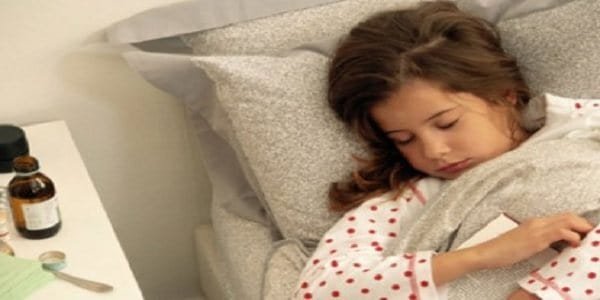Oysters

What are pinworms?
Pinworms /Enterobius vermicularis/or enterobiosis is a very common parasitosis of the digestive system. Although anyone can develop these parasites, the condition is most common in preschool and elementary school-aged children between the ages of 5 and 10.
This type of parasitosis occurs in all socioeconomic groups. Usually, the spread of nematodes occurs most often among close people. Animals are not the source of this type of parasitic infection, and humans are the only host of this nematode.
What are the symptoms?
The most common symptom is itching in the rectal area. Manifestations of parasitosis intensify at night, when female worms are most active and perform from the anus of the worms to lay their eggs.
Although these types of parasitic infections are extremely annoying and unpleasant, they rarely cause serious health problems and are usually not dangerous.
Therapy is with standard prescription drugs, providing definitive eradication of the nematodes in almost all cases.
What are the reasons?
E. vermicularis have a very simple life cycle that ensures their rapid multiplication and spread in the human digestive system. The female nematode usually lays about 10,000 eggs in her lifetime.
When the infected person scratches the anus, the eggs can get under the fingernails and thus spread to everything the person touches.
Infested clothes, bedding, house dust also become a source of parasitosis. When someone else ingests these eggs unintentionally as they are too few and not visible to the naked eye.
Over the next few weeks, the newly hatched eggs hatch into white adult nematodes. They migrate to the area of the caecum and the ileo-cecal valve. In this place, they continue their development, and then the already “pregnant” nematode migrates into the rectum.
And from this place, the female worm reaches the anal area – most often at night, where she lays her eggs. The life cycle is now complete. Adults live about 3 months in humans. The parasite’s eggs die within a day or two in a warm, dry environment, but cool, moist conditions allow them to survive for 2 weeks.
Treatment of enterobiosis
Albedanzole is the most commonly used treatment. One tablet is given which destroys the parasites. The advantage of this medication is that it can also be used in elderly people and small children. Since the eggs of the nematode can survive for about 2 weeks, it is necessary to apply a second dose of the drug to avoid re-infestation.
In Bulgaria, mebendazole is more often prescribed, better known as Vermox, it is also taken once and then a second dose is administered after two weeks.
cleanse the parasites from the colon and thus relieve the symptoms.
After taking the first dose of Vermox or Albedanzole, the following should be done:
• The habit of washing hands with soap and water after each toilet visit should be adopted, and the application of soap should last for about 15-20 seconds.
< em>• Thoroughly wash or wash at a temperature above 70 degrees all bedding, blankets, clothes and toys to destroy any eggs left on them.
• Wash bedding also on high once every 3-7 days for 3 weeks.
• Wash linen and pajamas daily for 2 weeks



